
14 Fantastic New Beasts and Where We Found Them in 2014
By Kate Horowitz, Mental Floss, 31 December 2014.
By Kate Horowitz, Mental Floss, 31 December 2014.
Although we might act like we’re the only game in town, humans are only one of Earth’s roughly 8.7 million species among animals, plants, fungi, and protists. Each year, we discover another 15,000 species. In the last 12 months, scientists have described sex-crazed marsupials, enormous insects, and a punk rock snail - which would make 2014 the year of sex, bugs, and rock and roll. (Sorry. Not sorry.)
1. Atlantic Coast Leopard Frog (Rana kauffeldi) - New York Metropolitan Area, USA
If you’ve ever tried coughing to get somebody’s attention, you know that it usually doesn’t work, and then you have to go on pretending to cough, then really coughing, for what seems like years. This is the story of the Atlantic Coast leopard frog, which has been coughing fecklessly in backyards in the New York City area for decades.
Ecologist Carl Kauffeld first came up with the idea of a third species of leopard frog in 1937, but nobody believed him. In 2012, the results of genetic studies indicated that there was a new frog species centred around Yankee Stadium in the Bronx. Then earlier this year, a combination of DNA tests and that weird, cough-like croak confirmed that Kauffeld was right, and the frog was named Rana kauffeldi in his honour.
2. Giant Stick Insect (Phryganistria heusii yentuensis) - Vietnam
Female giant stick insect
The newly identified giant stick bug Phryganistria heusii yentuensis really lives up to its name: a female can reach 21 inches, making it the second biggest living bug ever described (the only one bigger is another stick insect living in Borneo). Males are much smaller, which makes mating pretty funny to watch.
3. Bone-House Wasp (Deuteragenia ossarium) - China
The female bone-house wasp brings macabre to a new level: First she stings and paralyzes a spider, then drags the paralyzed body into her nest. There, she lays a single egg on the unlucky spider, then buries it alive. Not too long afterward, the egg hatches, and the new wasp larva eats its way out of the still-living spider.
And that’s the nice part. Bone-house wasps eat spiders, but they also kill ants and bring them back to the nest. Not for food, either: this is just to send a message. Adults carry the ant corpses home, then pile them up at the nest entrance like a gruesome UPS delivery.
4. Narrow-Mouthed Frog (Chiasmocleis quilombola) - Brazil
Deep in the rain forest or Espirito Santo dwells a teeny-tiny frog with a big story. These diminutive amphibians (adults can grow up to about half an inch long) may not look like much, but their forest habitat once kept an incredible secret: the quilombos, or refuges for escaped slaves. The quilombos grew into full-fledged communities during the heyday of Brazil’s slave economy from the 16th to 19th centuries, and some still exist around the country today.
Wanting to pay tribute to Espirito Santo’s remarkable heritage, the scientists who found the little frog named it Chiasmocleis quilombola.
5. Intricate Satyr Butterfly (Hermeuptychia intricata) - Eastern United States
Researchers from the University of Texas Southwestern Medical Center were studying the genetics of a sampling of Carolina satyrs (Hermeuptychia sosybius) - small, brown butterflies discovered in 1793 - when they noticed something odd: The DNA didn't match up. "[The] butterflies looked indistinguishable, were flying together at the same place on the same day, but their DNA molecules were very different from each other," Dr. Nick Grishin, a professor of biochemistry, said. "We thought there was some kind of mistake in our experiments.”
But the DNA didn't lie: Although the insects' wings were nearly indistinguishable, their genitalia were quite different. Carolina satyrs had larger, paler genitalia, while the other species - which scientists called the Intricate Satyr - had smaller, darker genitalia. The species remained undiscovered for so long because it was hiding in plain sight. "[W]e were not able to find reliable wing pattern characters to tell a difference between the two species," the researchers write in their description of the species, which was published in ZooKeys. "This superficial similarity may explain why H. intricata, only distantly related to H. sosybius, has remained unnoticed until now, despite being widely distributed in the coastal plains from South Carolina to Texas, USA (and possibly to Costa Rica)."
And the discoveries didn't end there! Further DNA analysis of other satyr populations revealed another new species, the south Texas satyr (Hermeuptychia hermybius).
6. Elephant Shrew (Macroscelides micus) - Namibia
What do manatees, elephants, and aardvarks have in common? They can all call this adorable little potato their cousin. Elephant shrews, also known as sengis, are more closely related to elephants than they are to shrews. The sengi species discovered this year is a real trooper, dashing from hiding spot to hiding spot at the edge of the Namib Desert, where plants and shelter are sparse.
To make sure the shy, rare, speedy Macroscelides micus was truly a new species, scientists had to get a closer look. Fortunately, they learned, the sengis were partial to peanut butter and Marmite. “They’re really sloppy eaters,” says researcher Galen Rathbun.
7. Killer Sponges (Genera Asbestopluma and Cladorhiza) - Pacific Ocean
Credit: © 2006 MBARI via National Geographic
If there’s one thing less threatening than Killer Tofu, it’s got to be a killer sponge - unless you’re a crustacean.
Scientists found four new species of carnivorous sea sponges acting casual on the Pacific seafloor. “No,” the immobile, expressionless sponges seemed to say. “We’re not dangerous. Come over here.” But they were lying. Closer inspection of the sponges revealed the tiny corpses of partially digested prey tangled in the sponges’ microscopic hooks. Amphipods, if you’re reading this: beware. (And also, well done, learning to read!)
8. The Boozy Cockroach (Xestoblatta berenbaumae) - Guyana
It stinks. It drinks. And now, it’s funding research.
The latest addition to the cockroach compendium was announced in March by Dominic Evangelista, a PhD student in entomology, and his colleagues. In a blog post on Entomology Today, Evangelista called the new cockroach “dirty, ugly, and smelly,” and added, “These cockroaches have such a serious drinking problem, they’ll drown themselves in [beer].”
What a sales pitch! And a sales pitch it was: Evangelista had decided to auction off the rights to name the cockroach, with proceeds going to fund his research. The highest bidder? None other than outspoken entomologist May Berenbaum, who recently won the National Medal of Science. But what’s a medal when there are cockroaches to name? “I’m so pleased!” she told the press. “There’s no greater honour.”
9. Bat Frog (Dendropsophus ozzyi) - Brazil
If it looks a little wary, the newly discovered “bat frog” has good reason: it was named for that famous bat-biter, heavy metal singer Ozzy Osbourne. But Dendropsophus ozzyi needn’t fear; for starters, it lives in the Brazilian Amazon, which is hardly Osbourne territory. And it only sounds like a bat, with its shrill call. And Ozzy doesn’t do that stuff anymore, anyway.
10. Metal-eating Plant (Rinorea niccolifera) - Philippines
A plant that eats nickel? And you thought Ozzy was metal. The newly discovered Rinorea niccolifera possesses the ridiculously hard-core ability to absorb metal without suffering any ill effects. The talent is super-rare - only 0.5 to 1 percent of plants growing in nickel-rich soil have been proven to do it - and has great potential for green technology.
11. Punk Rock Sea Snail (Alviniconcha strummeri) - Hydrothermal Vents, Western Pacific and Indian Oceans
Snails are pretty great to begin with. Sea snails take it to the next level. And then there’s the punk rock sea snail, with its rows of spikes and its truly hard-core habitat. Scientists found this snail and several others in the sea-floor area surrounding hydrothermal vents, where the water can reach up to 750° F and higher. Noting the newcomer’s spiky shell, its purple blood, and its “extreme environment,” the researchers decided to name it Alviniconcha strummeri, after The Clash’s lead singer Joe Strummer.
12. Black-Tailed Antechinus (Antechinus arktos) - Australia
Credit: Gary Cranitch via Sci-News
Nature can be pretty brutal, and sometimes what looks like a party is actually a death trap. That’s certainly the case for the mouse-like marsupial known as the antechinus, which literally screws itself to death. After a series of marathon mating sessions lasting up to 14 hours each, the cute little body of the male antechinus is so flooded with stress hormone that it just gives up, and the antechinus dies. Both sexes are “highly promiscuous,” said the scientists who named the species, and a female’s brood is typically the result of pairings with a bunch of different males, all, tragically, deceased. The scientists believe the species is endangered, although I can’t imagine why.
13. Mystery Monster (species unknown) - Peru
From a distance, they look so pretty, like a wall of glowing green lights. Up close? Terrifying. Entomologists discovered the mystery insect, which they believe is the larva of some kind of click beetle, on Reddit, when a wildlife photographer posted an image of the bugs and asked for ID. They headed to the Amazonian forest to find the larvae, and were astonished by its fierce hunting strategy. The glow-worms lay their luminous little heads just outside their hidey-holes, waiting until some curious insect comes along. When it does, the larvae snap it up in their jaws and drag it down into their lairs. The lights go out. Let’s all take a moment to be grateful that this mystery species, whatever it is, is only about a half-inch long.
14. Possible New Snailfish - Mariana Trench, Pacific Ocean
Researchers on an international expedition to the Mariana Trench spotted this creepy fish 8143 meters below the surface - which makes it the deepest-living fish. (The previous record, 7703 meters, was held by Pseudoliparis amblystomopsis, a species of snailfish.) "We think it is a snailfish, but it's so weird-looking; it's up in the air in terms of what it is," Dr. Alan Jamieson, from Oceanlab at the University of Aberdeen, told the BBC. "It is unbelievably fragile, and when it swims, it looks like it has wet tissue paper floating behind it. And it has a weird snout - it looks like a cartoon dog snout." Without being able to bring it up, scientists can't confirm that it's a new species, but Jamieson says it doesn't look like anything he's seen before.
...And Everybody Else
There were way too many cool species to narrow it down to 14. In the last year, scientists have found handfuls of mantises, birds, shrimp, and even a few dinosaurs.
It’s easy to get cocky and think we’ve seen everything there is to see on this planet. But every time we think we’re done, along come the killer sponges.
Top image: Mysterious glowing larvae discovered in the Peruvian Rainforest. Credit: Jeff Cremer/YouTube.
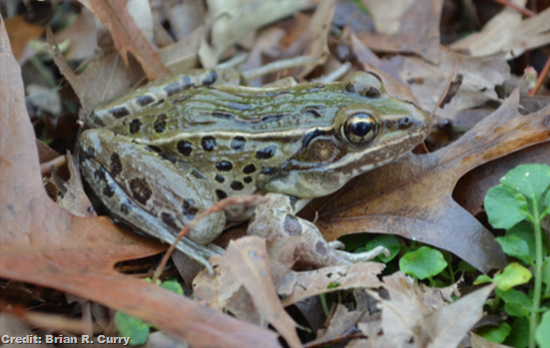

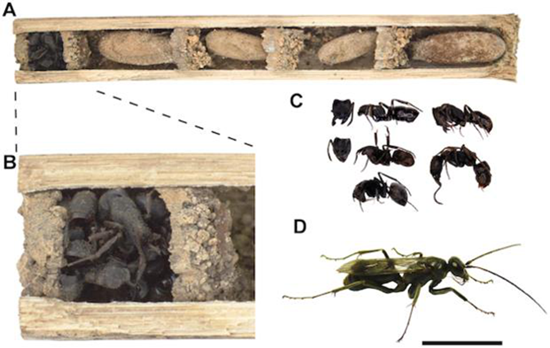
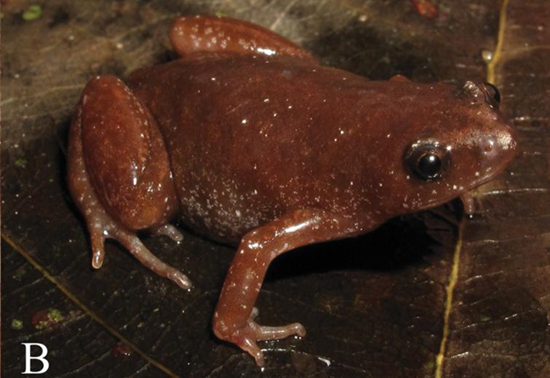
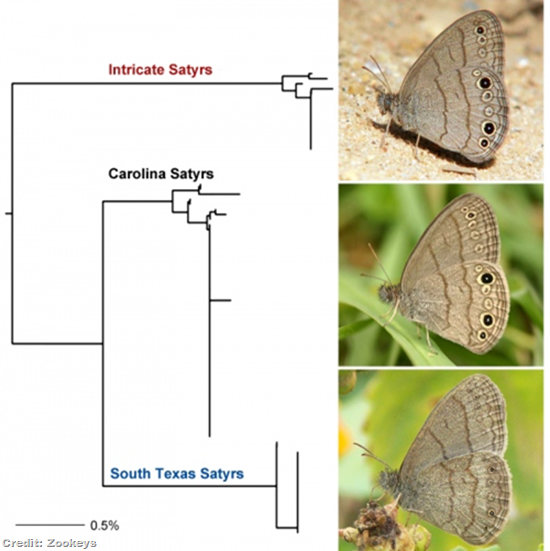
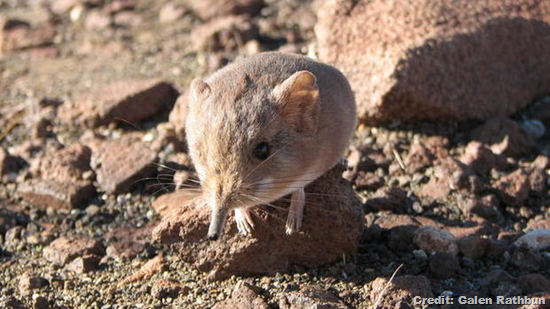

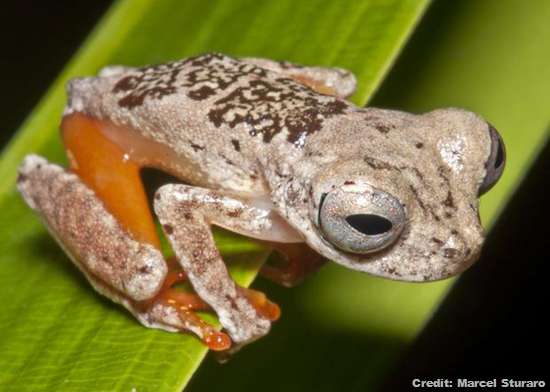
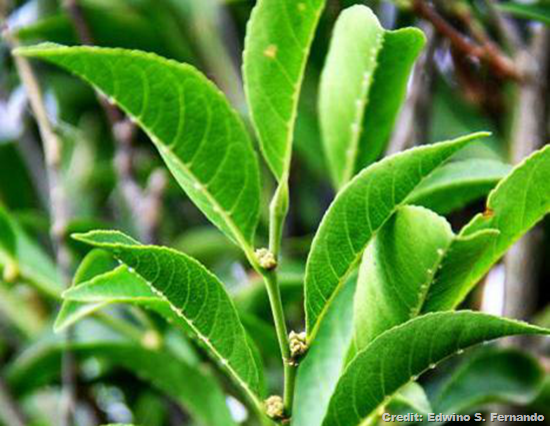
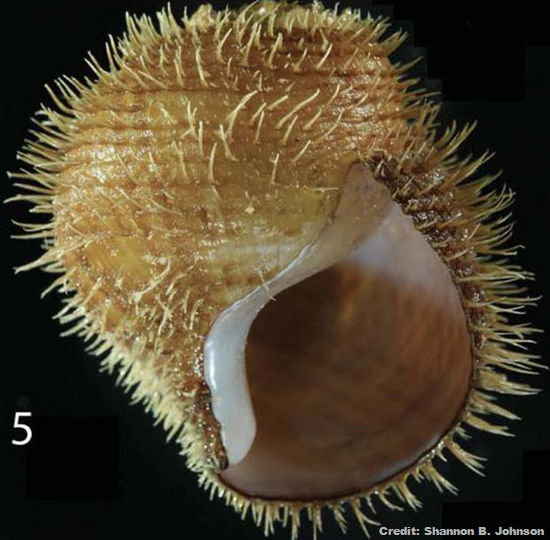
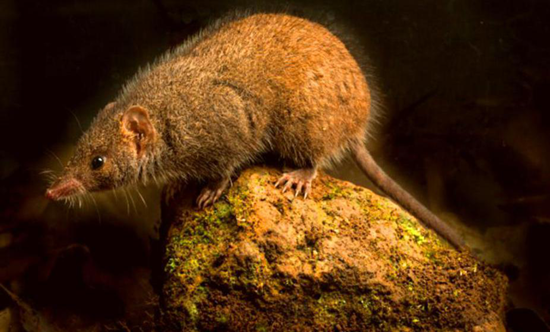
No comments:
Post a Comment
Please adhere to proper blog etiquette when posting your comments. This blog owner will exercise his absolution discretion in allowing or rejecting any comments that are deemed seditious, defamatory, libelous, racist, vulgar, insulting, and other remarks that exhibit similar characteristics. If you insist on using anonymous comments, please write your name or other IDs at the end of your message.